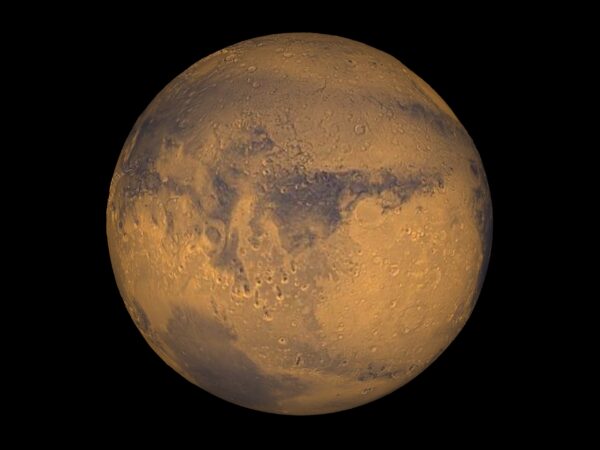Scientists and space-aficionados alike have theorized for centuries about the possibility of liquid water on our red-rusted neighboring planet, Mars.
A recent study released by The Astrophysical Journal in February suggests that the shadows cast by Martian boulders can allow for the temporary formation of pools of liquid water inside the soil.
Frozen water in the form of ice is prevalent at the polar caps of Mars, but the conditions for liquid water to form and last are exceedingly difficult to satisfy on Mars. Mars’ atmosphere is very thin, “just 1% as dense as Earth’s air at sea level,” according to an article by Dr. Mike Wall for Space.com.
This thinner atmosphere causes the ice on Mars to sublimate, transitioning directly from a solid state to a gaseous one, instead of becoming liquid water whenever the temperature rises sufficiently, Wall explained.
The Astrophysical Journal study published by physical scientist Norbert Schorghofer verifies a small window of opportunity in which liquid water could properly form on present-day Mars, circumventing the sublimation caused by the planet’s thin atmosphere.
The key to this miracle liquid lies within the shadows cast by certain boulders near the Martian equator, specifically during the planet’s winter season.
The process begins with carbon dioxide and water frost gradually accumulating inside the umbral outline cast by the boulders during the cold winter season. When the Sun reemerges at the dawn of the Martian spring season, the CO2 frost is heated into vapor, but the H2O frost reacts somewhat differently.
The sunlight causes the temperature within these areas to rapidly rise, from roughly -198 degrees Fahrenheit to 14 degrees Fahrenheit within the span of a few hours, according to Wall. The swiftness of this heat change, combined with the saltiness of neighboring soil lowering the melting point for the H2O frost, causes some of the ice to evade the sublimation effect and melt directly into the Martian soil as liquid water.
This bypassing of atmosphere-induced sublimation is also aided by the CO2 frost, which creates a protective coating of accumulated dust around the water frost, according to Schorghofer.
The brine formation only lasts for up to a few days in each area the phenomenon occurs, but the study suggests that the phenomenon occurs regularly, with the cycle repeating every Martian spring.
“Overall, melting of pure water ice is not expected under present-day Mars conditions,” Schorghofer wrote near the conclusion of his study. “However, at temperatures that are readily reached, seasonal water frost can melt on a salt-rich substrate. Hence, crocus melting behind boulders can lead to the formation of brines under present-day Mars conditions.”
Photo credit: NASA





fantastic put up, very informative. I wonder why the other specialists of this sector do not understand this.
You should continue your writing. I am sure, you have a
great readers’ base already!